Philips 42PFL9803H 42in LED LCD TV Review
Philips 42PFL9803H 42in LED LCD TV
The 42PFL9803H is Philips' first LCD TV to use LED backlighting and boy do we like it!
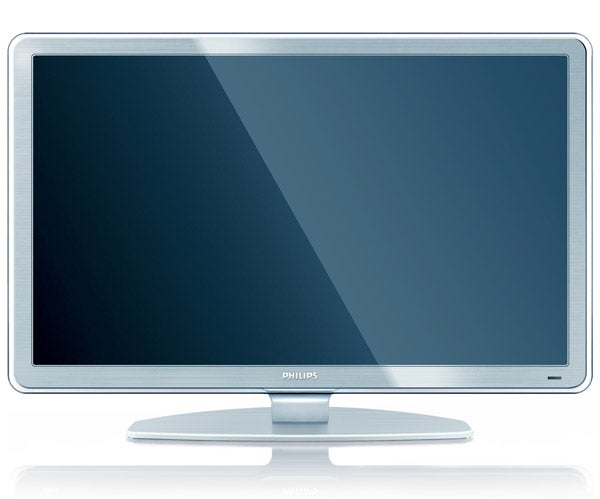
Verdict
Key Specifications
- Review Price: £1969.99
There must be something pretty amazing in the Dutch water supply right now. For just days after leaving the collective TrustedReviews jaw gaping open with its latest Aurea Light Frame TV, Philips has gone into innovation overdrive again with the 42PFL9803H: its first LCD TV to use LED backlighting.
If you missed our recent review of the also LED-based Samsung LE55A956, what makes LED technology so intriguing is the way it illuminates pictures using a whole array – 128 in the 42PFL9803H’s case – of conjoined but individually controllable LED backlight sectors, rather than the single, always-on fluorescent lamp you get with traditional LCD TVs.
The LED approach thus allows you to turn off the lights completely in some areas of the picture, to deliver a near-perfect reproduction of black, while leaving LEDs in other areas at maximum illumination. In fact, you could in theory have one blacked out section of the picture right next to one fully bright section of the picture, giving rise to a huge possible brightness range within a single image frame. Thanks to this, Philips claims a frankly eye-popping contrast ratio of 2,000,000:1 for the 42PFL9803H – the joint highest such figure we’ve ever seen, alongside (you guessed it) the aforementioned Samsung LED TV.
Compare all this LED grooviness with the normal LCD situation, where the single light source feeding the whole picture means some contrast-reducing light will always be present even in parts of the picture that should look black, and you can see why LED is causing such a buzz.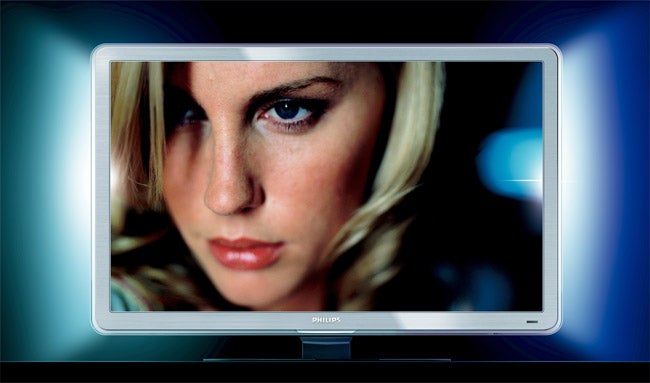
As if to mark the shift to a new technology, Philips has furnished the 42PFL9803H with a silvery, metallic bezel finish in place of the usual glossy black – and very nice this new look is, too. Especially when you add into the design equation the unusual slenderness of the bezel and the distinctive transparent shroud around the TV’s outer edge that’s fast becoming a Philips trademark.
The seriously eye-catching nature of the design merely expands once you turn the TV on, too, as familiar pools of coloured light spilling from the TV’s left and right sides reveal the presence of a ‘stereo’ version of Philips Ambilight Spectra technology.
If you’ve somehow missed Ambilight before, it involves strips of LEDs down the TV’s rear sides outputting light that can change colour in response to the colour content of the image being shown. So if you have an image with blue in the top left, yellow in the bottom left, red in the top right and green in the bottom right, coloured light will spill out of the TV in a configuration that reflects this situation. The result is a greater sense of immersion in what you’re watching, and long-term viewing that’s more relaxing for your eyes.
Other significant features of the 42PFL9803H are the multimedia playback options opened up by its provision of USB and DLNA-certified Ethernet ports; and a little something called the Perfect Pixel HD processing engine. This fearsomely powerful new system incorporates elements designed to improve contrast, colour, motion response, fine detail levels, and noise reduction, among other sundry items.
Other recent Philips sets to use the Perfect Pixel HD engine have delivered excellent picture quality so long as you’re willing to commit to repeated and regular tinkering within the TV’s onscreen menus, so hopefully the system won’t run into any unexpected hitches with the 42PFL9803H’s LED rather than LCD picture system.
While the Perfect Pixel Engine proves very important when you’re watching the TV, though, the most important part of what is a truly outstanding performance is actually the set’s LED backlighting.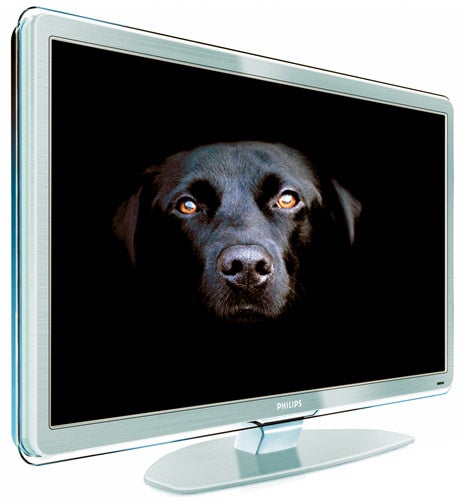
For starters, it ensures that the 42PFL9803H’s black levels are absolutely unbelievable. Watching the scenes in the bat-filled catacombs of ”Batman Begins” on Blu-ray is a revelation, as the TV seemingly effortlessly achieves levels of almost complete blackness that not only thrash anything seen from any normal LCD TV, but also outgun every plasma we’ve seen with the possible – and it is only possible, not definite – exception of Pioneer’s latest KURO plasmas.
What’s particularly awe-inspiring about the 42PFL9803H’s black levels is the fact that as well as suffering with seemingly no visible greyness or clouding provided you use the set’s Dynamic Backlight option, they also manage to retain lots of subtle shadow detailing in dark areas. If I’m honest I’d slightly feared that the LED approach of ‘turning off’ areas of the picture to achieve extreme black levels might leave a few depth-creating shadow details and greyscale subtleties lost in the dark. But instead dark scenes on the 42PFL9803H look almost spookily three dimensional and natural.
As a self-confessed black level obsessive, the 42PFL9803H’s contrast talents alone are enough to make it immediately the most straight-up cinematic LCD TV I’ve seen. But it’s got plenty of other goodies up its sleeve too.
Starting with its colours. LED lighting has long been associated with richer, more expressive colours, and since the LED tech is here also joined by a Philips wide colour gamut system, it doesn’t even seem all that shocking to find colours during a run-through of Disney’s ”Sleeping Beauty” looking so rich, bright, clean and fully saturated that you’d swear the film had only been made yesterday.
Not that the 42PFL9803H only does animation colours well, mind you. It also shows a deft and natural touch with most ‘real world’ film and video sources, with only a marginal tinge of green in one or two skin tones stopping the TV from hitting colour perfection.
More kudos needs to go to the 42PFL9803H for its motion handling. The ability to adjust lighting locally in different parts of the screen has the potential to reduce normal LCD’s ‘step and hold’ motion flaw, and this seems borne out in the greatly reduced levels of blur on show when watching sports or action scenes.
Another interesting side effect of the 42PFL9803H’s relative motion talents is the way I found myself more comfortable with the ‘max’ setting of Philips HD Natural Motion engine than I have with Philips’ normal LCD TVs. With those other LCDs the processing glitches I experienced using HD Natural Motion on Max were often very distracting, but with the 42PFL9803H, perhaps because the processing doesn’t have to continually work quite so hard, I sometimes found the Max setting to seem more natural looking and less glitchy than the lower setting! That said, I’d still recommend turning the HD Natural Motion off completely while watching sport or particularly frenetic action films such as, well, pretty much anything directed by John Woo…
The main focus of HD Natural Motion is, of course, to counter the usual LCD problems with judder and resolution loss as objects cross the screen. And it works so well on the 42PFL9803H that its pictures, when there’s movement going on, are way cleaner and clearer than you’ll see with practically any other LCD TV we can think of. 
This plays a key role in another 42PFL9803H talent: outstanding detail and sharpness with HD footage. Philips’ processing engines have long been ahead of the curve when it comes to bringing out or even adding detail to pictures and the 42PFL9803H continues the trend. Its HD images frequently look breathtakingly packed with texture and the lovely image minutiae that makes HD so utterly lovable. Especially since, as we’ve seen, the 42PFL9803H’s HD images don’t break down nearly as much as with normal LCD TVs when image elements start moving about.
Don’t assume from all this talk of HD that the 42PFL9803H doesn’t care for standard definition, though. On the contrary, the Perfect Pixel Engine can upscale standard def images to the screen’s Full HD resolution uncannily well, adding sharpness and detail without nearly as much accompanying video noise as usual.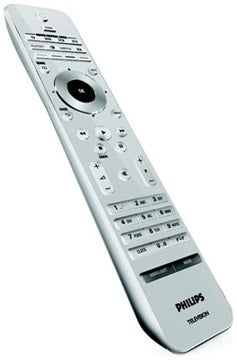
The 42PFL9803H has two final aces up its sleeve, meanwhile, which actually mark it out as superior even to Samsung’s LE55A956 LED set. The first of these ‘aces’ concerns blooming, where particularly bright elements can appear with a noticeable misty ‘halo’ around them. This is markedly less pronounced with the Philips than with the Samsung – so much so that you may not ever be aware of it on the 42PFL9803H unless you deliberately set out to look for it.
The 42PFL9803H’s other big advantage over the Samsung LED model concerns viewing angles. We found we could watch the Philips from much further down its sides without the picture degrading. In fact, in this respect the 42PFL9803H also scores another plus over the vast majority of standard LCD TVs, too.
Although there are definitely a few minor niggles, it’s really hard to find anything truly bad to say about the 42PFL9803H’s LED-inspired pictures. In fact, the only serious problems with the pictures are those you might introduce yourself.
In other words, all sorts of weird and not so wonderful things can go wrong with the picture if you get any of the TV’s massive list of settings wrong. For instance: there are motion glitches if you use the wrong level of HD Natural Motion with the wrong sort of source. The Advanced Sharpness tool can make pictures look noisy unless they’re of a very high standard in the first place. The wrong level of noise reduction can make pictures look unduly soft. Setting the Advanced Sharpness setting on with the HD Natural Motion off can cause fine details to flicker quite distractingly. Not using the Dynamic Backlight can leave a tiny trace of greyness in dark scenes, while using it can cause the occasional brightness ‘jump’. And so on.
The key thing about all this, though, is that practically everything that can go wrong with the 42PFL9803H’s pictures can also be put right by adjusting one or two elements of the processing. 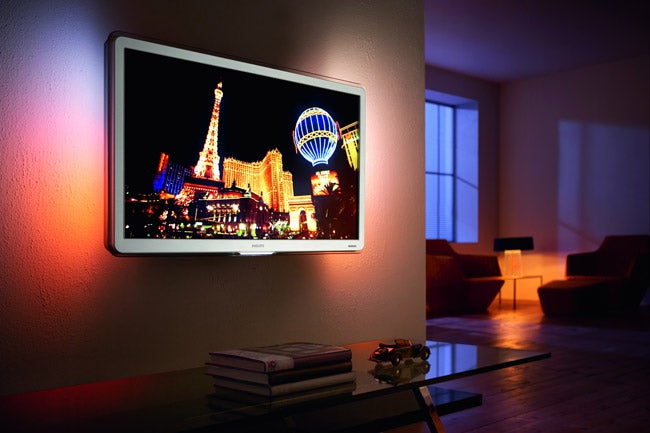
This undeniably makes the TV unusually complex and labour-intensive to use, and there’s definitely scope for Philips to try and make things a little less hard work in the future. But looking at the situation from another perspective, the huge amount of picture options at your disposal actually make the 42PFL9803H uniquely qualified to sort out the type of problems many TVs just leave you with no way of fixing.
Although it’s of relatively minor significance versus the 42PFL9803H’s sublime pictures, I’m happy to report that the set’s sound performance is also very good indeed. Two integrated subwoofers on the TV’s rear together with a dome tweeter speaker design help produce a really potent combination of a wide dynamic range, widespread soundstage, lots of treble detailing, unusually open and clear vocals, and good, old-fashioned raw power. Excellent.
”’Verdict”’
The 42PFL9803H is very expensive for a 42in TV. It’s also at times fussy as hell to use – so much so that it could well take you hours of experimentation before you fully understand what does what to different types of source material.
But frankly, none of this negative stuff really bothers me much. Why? For the simple reason that the 42PFL9803H’s LED lighting helps it produce pictures that not only make it the finest performing LCD TV I’ve seen, but also raise it to a level where it deserves to be mentioned in the same breath as Pioneer’s KURO plasmas. And as regular readers will know, you really can’t bestow any greater praise on a TV than that!
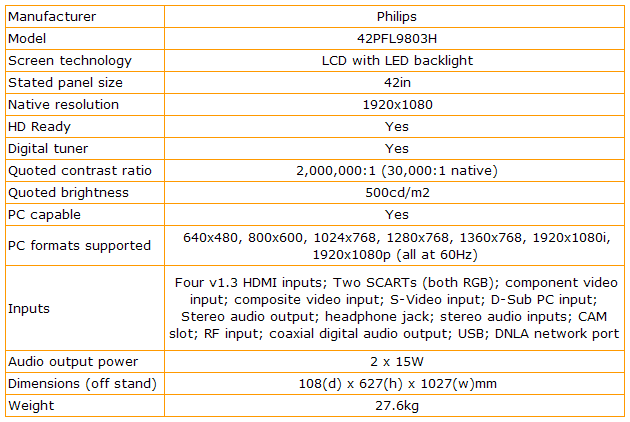
How we test televisions
We test every TV we review thoroughly over an extended period of time. We use industry standard tests to compare features properly. We’ll always tell you what we find. We never, ever, accept money to review a product.
Trusted Score
Score in detail
-
Features 10
-
Value 6
-
Image Quality 10
-
Design 9
-
Sound Quality 9

